The stakes are high for online stores. That’s because they are competing with giants such as Amazon and Walmart but also with other businesses that are after the same customers.
This is why it’s important to get the word out there about your business and set yourself apart, so customers choose you instead of the competition.
But how do you achieve that?
Well, it all starts from laying out a solid ecommerce marketing strategy. There’s no one-size-fits-all type of strategy that you can apply right away. Instead, you should define your goals first and create the strategy according to them.
Let’s get into it and see how you can build a strong ecommerce marketing strategy for 2022.
Summary
A. What to Do Before Creating an Ecommerce Marketing Strategy
B. How to Create an Ecommerce Marketing Strategy That Brings Results
C. Measuring Your Ecommerce Marketing Efforts
A. What to Do Before Creating an Ecommerce Marketing Strategy
You may or may not have already done this, but I want to emphasize the importance of putting together a few details beforehand.
1. Define your audience
Nowadays, consumers have such a vast selection of brands to choose from. Not to mention that they’ve become more sophisticated and look at many different things before making a purchase. This means that you need to go the extra mile.
An essential part of creating a relationship with your future customers is determining your target audience and figuring out how to cater to their needs and desires.
Having a clear understanding of who your customer is important because you need to know who you’re addressing, especially when setting up online ecommerce advertising campaigns.
Here are three questions you can start with to create your buyer persona:
- Who are your current customers?
This is probably the easiest thing you can do to start with. Analyze the people who already purchased from you and try to see if there’s something that they have in common. This will also help you figure out whether previous customers represent the type of people you want to attract going forward or not.
- What are their pain points?
Next, you want to go into more detail and outline what pain points they have that your products help them solve. This is extremely helpful because it will give you an idea of what type of content to create and how to communicate with them on every channel.
- What needs do they have?
This will help you determine how your products help them fulfill their needs and how to market them in an attractive way. At the same time, answering this question will give you insights into how you can build attractive messaging that sets your ecommerce digital marketing apart.
2. Know what makes your brand different
Humans are different from one another and so are businesses. Each company has at least a few specific things that make it different from others.
This is tied to your brand identity, which will help you define the aspects that set you apart from the competition.
So you need to ask yourself how you’re going to stand out in a saturated market. This can happen through the products you sell, how you package them, how you communicate online, or how you interact with customers through customer service.
3. Learn a little bit more about your competition
Through competitive analysis, you can determine your competitors’ strengths and weaknesses, strategies, struggles, and much more.
There’s nothing wrong with knowing what your competition does. In fact, that’s actually recommended. You can keep an eye on their website, social media, and advertising campaigns.
Here are a few tools that can help you keep track of your competition: Buzzsumo, Google Alerts, Social Mention, Semrush.
For example, Buzzsumo gives you the possibility of keeping track of your competition’s activity by searching after the keywords you’re interested in. You can see what articles they’ve written, how much attention they got, and filter the available information.
Next, let’s see what to keep in mind when building your ecommerce marketing strategy for 2022.
B. How to Create an Ecommerce Marketing Strategy That Brings Results
1. Content marketing
First and foremost, the ultimate goal of all your marketing efforts is selling your products, right? Well, there are a few other milestones you need to check until you reach that point, so we’d say the most important reason why you should have a content marketing strategy is raising brand awareness.
For many people, content marketing means only blog articles, but it’s actually much more than that. Yes, you can definitely create blog posts and tackle different topics related to the products you’re selling, but you can go even further.
A good idea would be to create guides related to different events, holidays, or promotional campaigns. You give your audience free content, and in exchange, you can get their email address.
I’m pretty sure most of you are familiar with DollarShaveClub. It’s a subscription box service that delivers shaving and grooming products for men. They managed to stand out among other similar businesses through this awesome video. But they didn’t stop there. That was just the beginning.
Their content marketing strategy is quite interesting because on their blog, they tackle not only seasonal or common topics (like how to prevent sunburns), but they also answer questions that not many companies dare to write about. You can browse their blog to see what I’m referring to.
To its customers, they’re not just the company that sends them razors and grooming products once a month, but also the place where they can read about interesting things related to the body, work, or life. This is how they built their audience—through catchy and useful content packed in an honest and direct way.
2. Email marketing
Truth be told, the majority of your online store’s new visitors might not come back to your site unless you do something to catch their attention before they leave.
Email marketing is one way to retain more of the traffic you worked so hard to bring in. To do this, you need to have an incentive for your visitors, whether it’s about discounts, precious content, launching new products, or whatnot.
Here’s an excellent example from Kate Spade, where you receive a discount for your first order if you leave your email address. I have done this countless times on different occasions, so I’d say it’s a pretty good strategy to encourage new customers to place an order on your website.
Now, let’s talk about different types of emails you can send to current customers:
2.1. Promotional emails
Who doesn’t love a good promotion? Many people who subscribe to email lists take advantage whenever they receive a promotional email in their inbox.
Here are some options to consider:
- Seasonal promotions. These types of emails are incredibly effective because everyone’s shopping for certain holidays. So make sure you create special emails for Christmas, Easter, Black Friday, Cyber Monday, and other holidays that you can relate to.
- Subscriber-only discounts. This one’s pretty special because it will make people feel like they’re part of an exclusive club that gives them access to unique deals. It’s a great opportunity for you to form a stronger connection with your customers.
- Time-sensitive sale. This type of promotional email can help you boost sales in a period where maybe consumers are not buying as much. So you can create a promotion that lasts up to 24 hours and gives customers a specific discount on all items.
Here’s an example from Valley Cruise Press.
2.2. Cart abandonment emails
You’ve done it. I’ve done it. It happens. There are lots of reasons why people do this, but luckily you can do something to incentivize them to come back.
Remind the customer what they have in their cart and offer them a discount if they complete their order. Or free shipping. Or a gift.
Remember that you can’t recover all the potential customers who abandoned their cart, but you can definitely try to convert a part of them.
Here’s an example from Thousand Fell.
2.3. Product emails
These types of emails inform customers about new product releases or new collections you’re launching. That way, you’ll be able to be top of mind whenever they need to place an order. Moreover, they’ll know that you’re constantly updating your stocks and refreshing the collections, which is a good sign in ecommerce.
Here’s an example from Sephora.
3. Social media
Social media can help your ecommerce digital marketing in many different ways. For example, you can use it to:
- Drive traffic to your online store
- Sell products directly on the platform
- Connect with your customers
- Build brand awareness
Depending on the products you’re selling and the audience you’re targeting, you need to decide which social media platforms you’ll focus on. It can be Facebook, Pinterest, Instagram, YouTube, or TikTok. Or all of the above.
Each platform will require a different strategy, so you need to take this into account as well. Consider the size of your team and plan accordingly. You can start with one or two platforms at first and expand as your team grows.
Here are a few different examples of how ecommerce businesses use social media:
- Morphe on Instagram. Here’s a type of post that Morphe uses to drive traffic to the website.
- Sephora on Pinterest. This post features a bright yellow background that makes the promoted products stand out.
- Warby Parker on YouTube. In this short 30-second video, the company highlights the quality of its progressive lenses.
- Purple on TikTok. This mattress company incorporates TikTok trends into its strategy to connect with customers.
@purple We think the squishy is perfect both ways. #Inverted #fyp #purple #howdoyousquishy #minibed
- Shanalogic on Facebook. Powerful testimonials can do wonders as social proof. A happy customer can weigh more than a hundred benefits listed by the company on the website.
4. Influencer marketing
Influencers are huge for ecommerce businesses. That’s because they bring results, even if we’re not talking about those with millions of followers. People trust influencers more than they trust advertising, so it’s definitely something to include in your strategy.
However, it’s not as easy as it seems. You still need to do your research to find the right influencers who will promote your products. After all, you don’t want to work only with the ones with a considerable following but little engagement. Ideally, your goal should be to build a long-term relationship with influencers and create recurring campaigns with them.
The key is to do something more meaningful than “this product is so good. You should buy it!” It can be a simple image post or a few stories, and yet this can be an opportunity that you can use to stand out as an ecommerce business.
Here’s an example from Niomi Smart’s Instagram page where she talks about a paid partnership with Atelier Cologne.
5. Video
The costs for video production have decreased in the last few years because there are various tools on the market, such as Creatopy, that can help you edit videos even when you don’t have professional skills.
There are so many types of videos you can create to showcase your products. Here are some of the most popular ones:
- Unboxing and demo videos. Unboxing videos are still one of the most-watched videos on YouTube. The great thing about them is that they are user-generated content, which means that they can help you build trust in your brand. Not only is this type of content fascinating because it not only builds anticipation, but it provides valuable information to those interested in the product. Here’s an example below.
- Product tour videos. If you’re selling products with lots of features, then a product tour can be extremely useful for your audience. It will allow buyers to get all the information they need in just a few minutes instead of reading an extended presentation. You can use these types of videos to show the product in action. Below you can see an example from Lenovo.
- How-to videos. How-to videos empower consumers by providing the knowledge they need even before purchasing your product. However, it’s the type of content that’s especially useful after someone placed an order and wants to take full advantage of your product. You can see below an example from Olaplex, a company that sells hair care products and has a playlist on their YouTube channel dedicated to how-to videos.
- Production line videos. These types of videos can be highly engaging, especially if they are well-produced. The main reasons why they are incredibly successful is because they give buyers a sneak peek into the creation process and also allow companies to show the quality and materials that go into it. It’s an excellent opportunity for online stores to build a connection with their audience and show they’re serious about their offering. Here’s a perfect example from Faber-Castell that is also highly satisfying to watch.
- Testimonials. People trust people’s recommendations and reviews, which makes testimonials a powerful way of showcasing how your product fits into a person’s lifestyle. Through these types of videos, potential customers can learn new ways of using your product and feel more connected to the brand. Below you can see a fantastic example of how Apple used customer testimonials to tell powerful stories.
When it comes to ecommerce, the best practice is to show, don’t tell. As you can see, there are many types of videos you can use to promote your products in the best way possible that attracts new customers. The only thing that you need to do is to start shooting.
However, if you find that creating your own videos would take too much of your time and want to outsource the process, you can always consider hiring a video production company.
6. Advertising
Online advertising is a considerable part of an ecommerce marketing strategy, and it can help you drive brand awareness, website traffic and ultimately boost sales and revenue.
Let’s talk about the main channels that you can use in ecommerce advertising:
6.1. Social media ads
Generally, you want to focus on Facebook, Instagram, Pinterest, and YouTube. These are the main platforms that work best for ecommerce.
You can create ads, boost posts, use lookalike audiences to drive traffic, run influencer marketing campaigns, and more.
On top of that, on Facebook and Instagram, you can link the products from your website so people can buy them directly from these platforms.
One thing that will help you succeed with ecommerce advertising on social media is making sure you set the right objective. Aside from this, you need to find the proper format to promote your products. It can be anything from images to videos, carousels, or collections.
6.2. Google Ads
You need to know right from the beginning that you need to have a large budget to test Google Ads, especially if you haven’t done this before.
The good thing is that you can run different types of ads, such as shopping ads, remarketing ads, search ads, YouTube ads, and display ads. So you can decide which ones make sense for your business.
For example, shopping and search ads target people who are actively looking for the products you sell. On the other hand, display ads target people who aren’t necessarily interested in what you offer. Because of this, you need to pay attention to how you’re creating your message and imagery, so you don’t seem too intrusive.
One channel does not fit all businesses, so you need to find what works best for you. On top of that, you need to pay attention to your ecommerce PPC management.
To keep track of every campaign and its assets, you can use a platform such as Creatopy, where it’s easy to organize your work, collaborate with your team, and, most importantly, create however many ad variations you want in multiple sizes.
Watch the video below to see how you can leverage ecommerce automation in Creatopy.
C. Measuring Your Ecommerce Marketing Efforts
The good news about online marketing is that you can measure almost everything. So after you’ve implemented your strategy, it’s time to start tracking the metrics.
A metric is a quantifiable measurement used to track the performance of a certain action.
There are many metrics you can measure, some more important than others. What’s important is that you need to do this weekly, bi-weekly, monthly, and quarterly.
1. Reach
This represents the total number of people that see your content, whether we’re talking about organic or paid posts on social media. By posting consistently and creating campaigns, you will be able to expand your reach and ultimately increase your following and brand awareness.
2. Engagement
Engagement refers to whether people interact with your content or not. In this case, it’s better to have higher engagement and a lower reach than vice-versa. That can mean it’s a problem, perhaps with the type of content you’re posting or the audience that sees your messages. Either way, you want to track engagement to make sure people relate to your posts.
3. Email click-through-rate
This is an essential metric for ecommerce email marketing. The open rate means nothing if people don’t click on the link/s you add in the email to arrive on your website. You can improve this rate by having a great design, personalized calls-to-action, and mobile-friendly content.
4. Cost per acquisition (CPA)
Knowing how much it costs to acquire customers helps you determine which campaigns are the most successful and which ones are just draining your budget. You can improve the CPA by doing A/B testing to see if your audience responds better to particular messages.
5. Cart abandonment
Customers abandon carts all the time, so it’s not necessarily a big deal. However, you should worry when the rate of abandonment is higher than your average in the industry. This means that during the checkout process, customers are hesitant to place an order, which can happen due to various reasons. Try to investigate what that is and make the necessary changes to decrease the rate.
6. Average order value (AOV)
This can be measured over time, and it refers to the average price your customers pay when they place an order on your website. It’s important to keep track of its evolution to see when it’s most likely for the AOV to drop. During those times, you can create different campaigns to encourage customers to add more products to their cart.
7. Customer retention rate
This metric calculates the percentage of customers that keep on coming back over some time. Retaining customers shows that people are satisfied with your products and the overall experience they had with your business.
8. Customer lifetime value (CLV)
This metric is also measured over time, and it shows how much money customers spend with you throughout their relationship with your business.
9. Refund and return rate
Refunds and returns happen all the time for ecommerce businesses. However, you need to pay attention to this metric to see if your customers’ behavior is the norm for your industry or something else is going on. Most people purchase products from online stores that offer free returns and a straightforward process for refunds. Regardless, you need to investigate in case you see spikes for this metric to see what’s happening.
10. Ecommerce churn rate
Since it’s easier and more cost-effective to sell to a current customer than to acquire a new one, this metric is especially important. It tracks how many customers you’ve lost in a certain period. To keep this at a minimum, it’s essential to think of strategies that will help you retain as many customers as possible.
Final Thoughts
Running a successful ecommerce business requires a solid strategy that goes hand in hand with your goals. Hopefully, these tips and ideas gave you an idea of how to approach your ecommerce digital marketing.
Remember: take good care of your customers, and customers will take care of you.






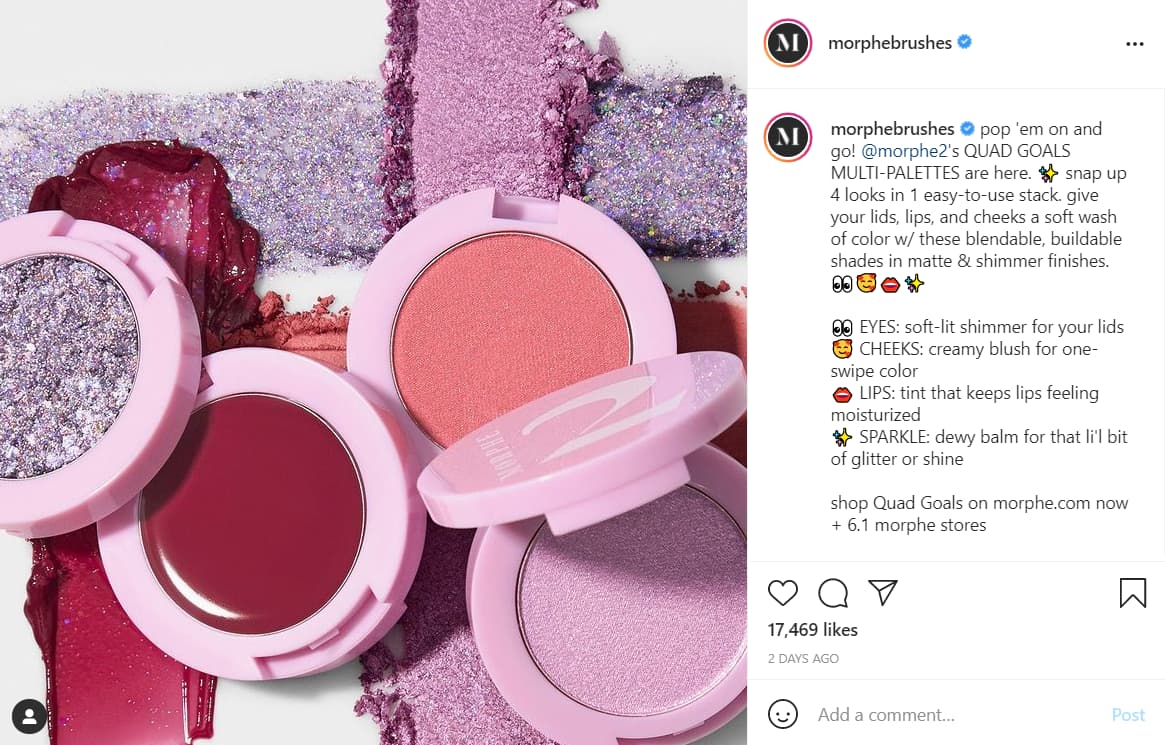
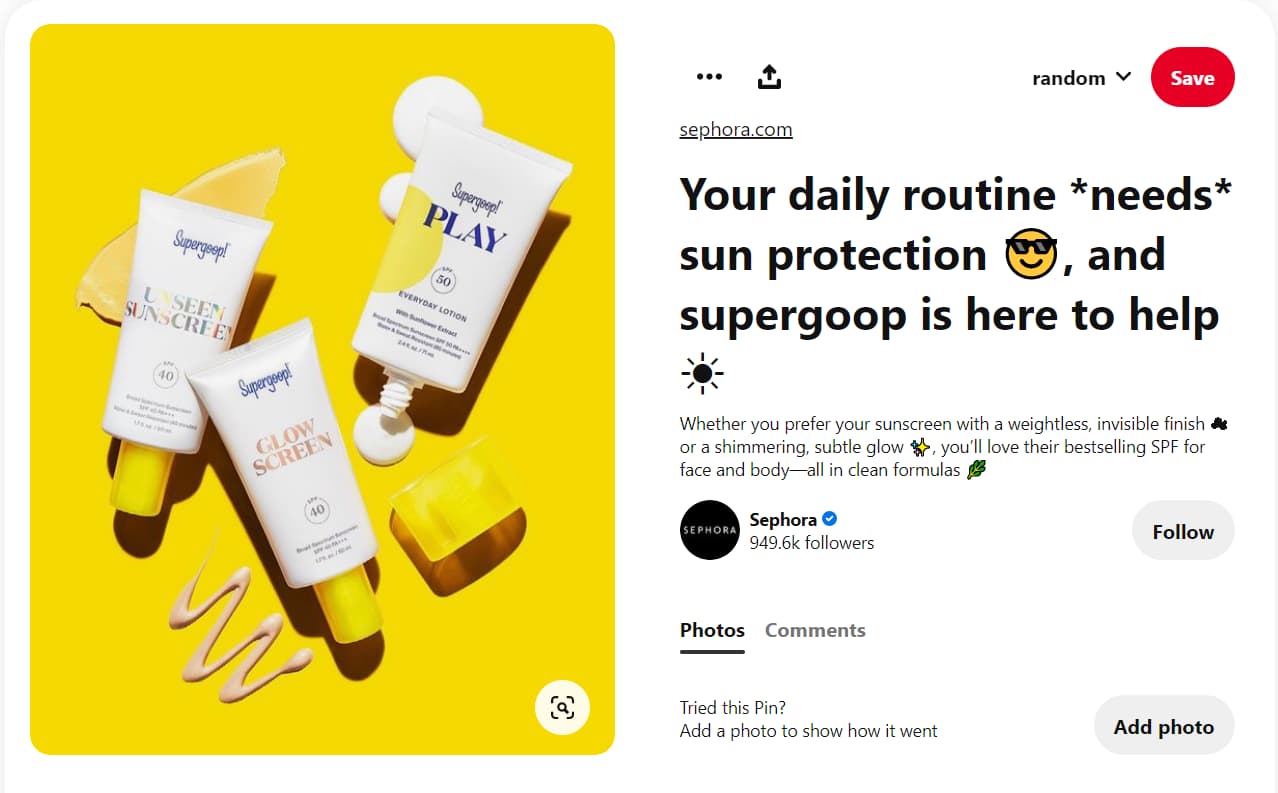
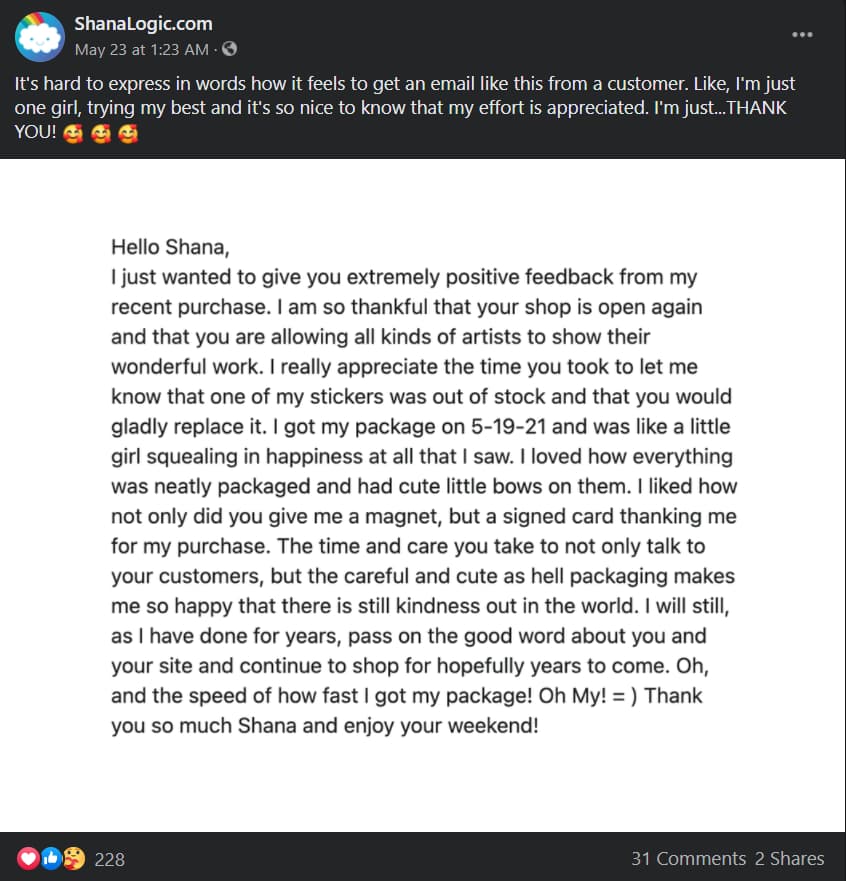

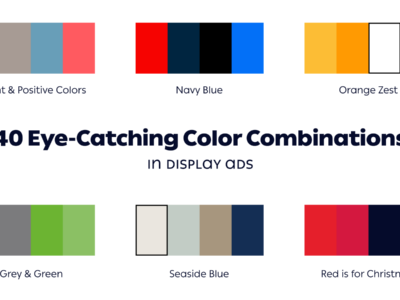




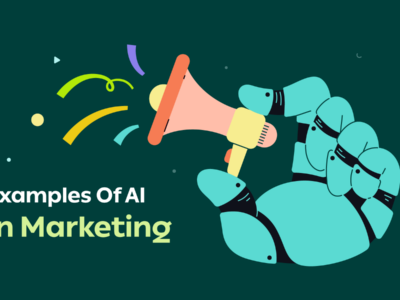



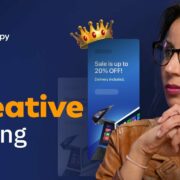

i firmly believe in “AUDIENCE IS KING – POTENTIAL CUSTOMER”. because i have a personal experience in this filed. its all about the AUDIENCE. without AUDIENCE, there is no business too. you must take care them.
Hey,
Thanks so much for sharing these marketing tips! It’s so important for small business owners to measure their efforts and utilize social media. This can make a big difference for their marketing campaign!
Best,
Dennis
Yeah it’s true. AUDIENCE really matters. They serve as the target market we need to attain. Without them we can’t do business. Business is all about how to treat your potential customer. They should be treated right and serve with the service they deserved.
Excellent article, and I totally agree that you have to put out great content that your audience will find valuable on a regular basis.
Honestly, this post will obviously help a lot of people on what makes up good content and how to structure it for the best result. This indeed a Very informative and educative post. eCommerce Marketing Strategies should concentrate on catching individuals searching for items and effectively utilizing a few outbound systems to get individuals to need to discover you. There’s a large number of different eCommerce marketing strategies out there, and in this post, Here you have shared the most fundamental techniques to get more sales.
Thank you so much for Sharing an Informative Article!
This is awesome work,Ana. I was looking for something like this & truly feel glad to spend time on your blog and this article is very helpful. Thanks for sharing
These are such useful tips that I will be trying. Thanks for sharing.
Thanks for this detailed list of eCommerce marketing strategies. You mentioned a very vital point about tracking your efforts as it gives us a brief idea about whether we are going in the right direction or not. Also, I was planning to start ads for my friend’s site, can you tell me which one is better facebook ads or google ads for a digital marketing agency?
Hi, Bony. I’m glad you found the article useful! Indeed, tracking is vital when measuring your marketing efforts. However, when it comes to choosing which platform to use, the answer is not so black-and-white. The best way to see for yourself which platform works for the digital marketing agency is to test them. If your budget allows it, it’s worth investing in both platforms (if those are your top choices, but there are various other advertising platforms that are worth testing), then see which one brings the best ROI. Don’t forget about tracking the conversions on both platforms to have accurate results so that you can choose the best platform later (who knows, it might turn out that both of them work well for you).